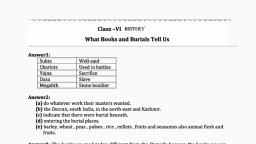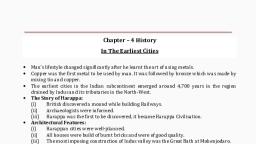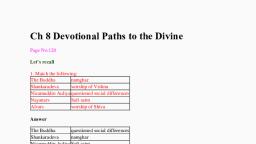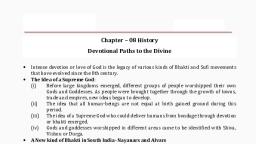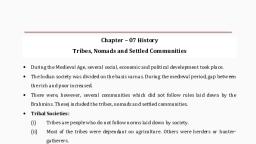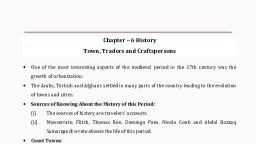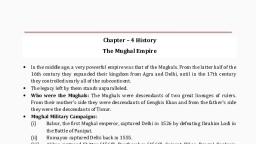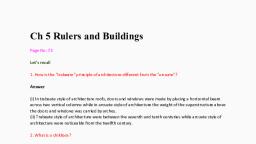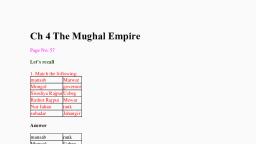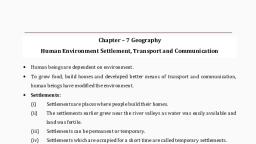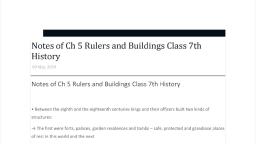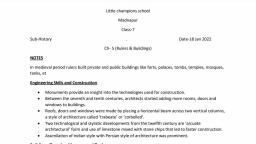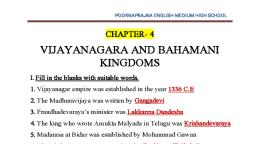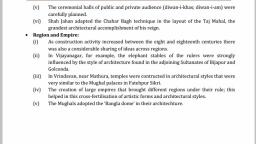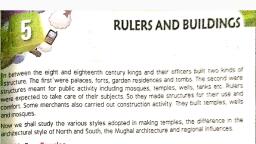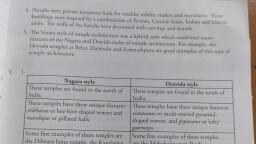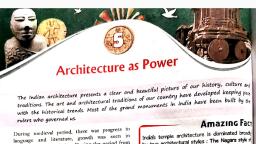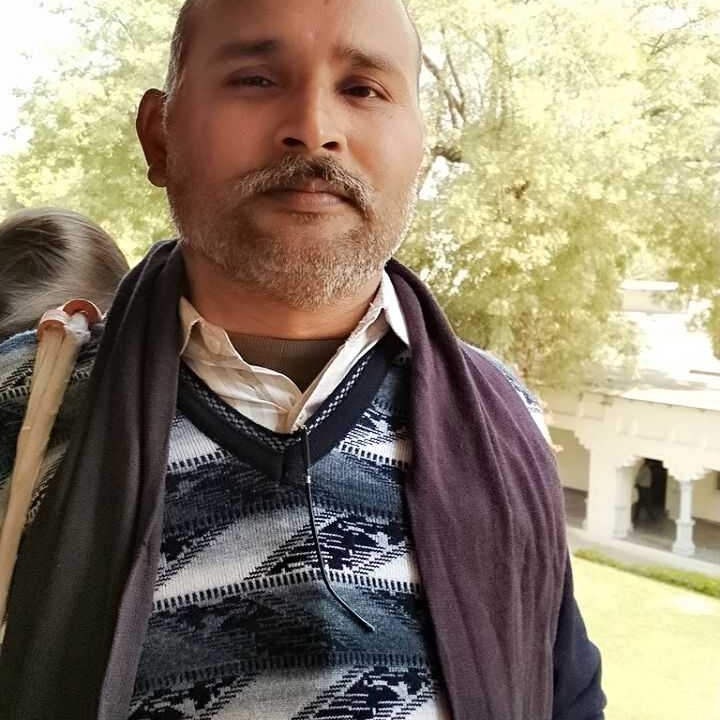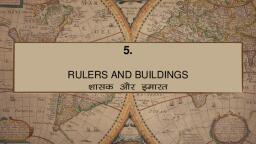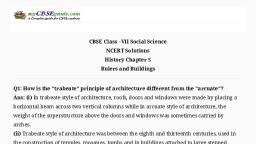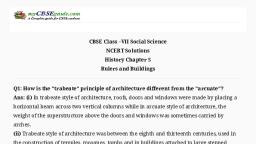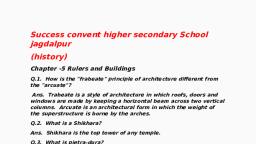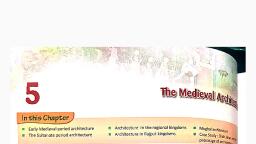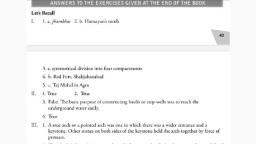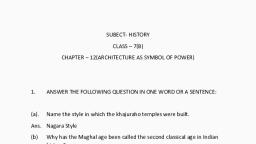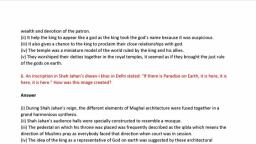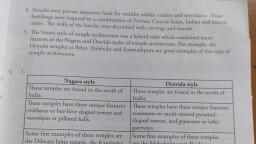Page 1 :
Chapter – 5 History, Rulers and Buildings, •, , •, , •, , •, , •, , Between the eighth and the eighteenth centuries, kings and their officers built two kinds of, structures; the first were structures of grandlose while second were structures for public, activity., Engineering Skills and Construction:, (i), Monuments provide an insight into the technologies used for construction., (ii), Between the seventh and tenth centuries architects started adding more rooms, doors, and windows to buildings., (iii) Roofs, doors and windows were made by placing a horizontal beam across two, vertical columns, a style of architecture called ‘trabeate’ or ‘corbelled’., (iv) Two technological and stylistic developments from twelfth century are ‘arcuate, architectural’ form and use of limestone mixed with stonechips that led to faster, construction., Buildings, Temples, Mosques and Tanks:, (i), Temples and mosques were beautifully constructed because they were places of, worship and meant to demonstrate the power, wealth and devotion of the patron., (ii), The largest temples, were all constructed by kings. The other, lesser deities in the, temples were gods and goddesses of the allies and subordinates of the ruler., (iii) Muslim Sultans and Padshahs did not claim to be incarnations of God but Persian, court chronicles described the Sultan as the ‘Shadow of God’., (iv) As each new dynasty came to power, kings wanted to emphasise their moral right to, be rulers., (v), It was widely believed that the rule of a just king would be an age of plenty when the, heavens would not withhold rain., Why were Temples Destroyed:, (i), Since kings built temples to demonstrate their devotion to God and their power and, wealth, they attacked and targeted these buildings when they attached one another’s, kingdoms., (ii), In the early 11th century, when the Chola king Rajendra I built a Shiva temple in his, capital he filled it with prized statues seized from defeated rulers., Gardens, Tombs and Forts:, (i), Under the Mughals, architecture became more complex. Babur, Humayun, Akbar,, Jahangir and Shah Jahan were personally interested in literature, art and architecture., (ii), Babur got gardens called Chahar bagh (four gardens) built in Kabul. They were, further constructed in Kashmir, Agra and Delhi by Akbar, Jahanir and Shah Jahan., (iii) Akbar’s architecture is visible in his father, Humayun’s tomb., (iv) Under Shah Jahan, Mughal architecture were fused together in a grand harmonious, synthesis.
Page 2 :
(v), , •, , The ceremonial halls of public and private audience (diwan-i-khas; diwan-i-am) were, carefully planned., (vi) Shah Jahan adapted the Chahar Bagh technique in the layout of the Taj Mahal, the, grandest architectural accomplishment of his reign., Region and Empire:, (i), As construction activity increased between the eight and eighteenth centuries there, was also a considerable sharing of ideas across regions., (ii), In Vijayanagar, for example, the elephant stables of the rulers were strongly, influenced by the style of architecture found in the adjoining Sultanates of Bijapur and, Golconda., (iii) In Vrindavan, near Mathura, temples were contructed in architectural styles that were, very similar to the Mughal palaces in Fatehpur Sikri., (iv) The creation of large empires that brought different regions under their rule; this, helped in this cross-fertilisation of artistic forms and architectural styles., (v), The Mughals adopted the ‘Bangla dome’ in their architechture.



